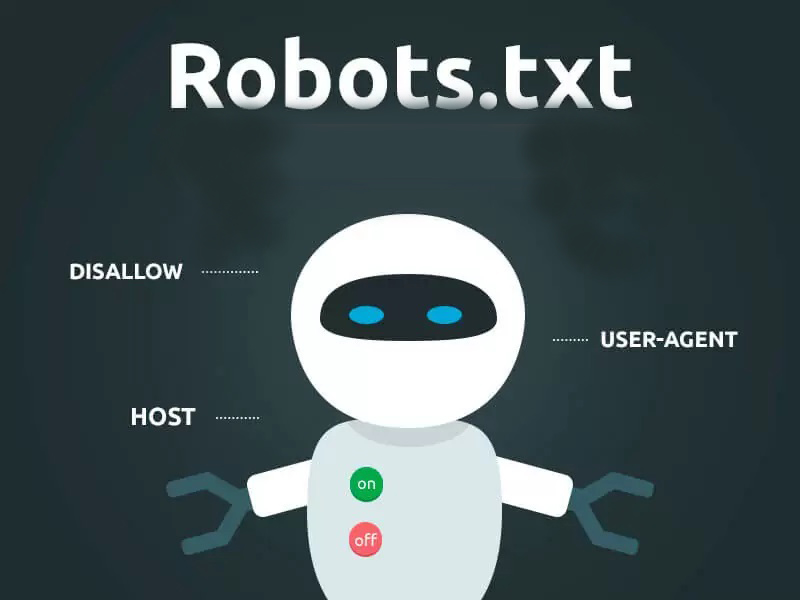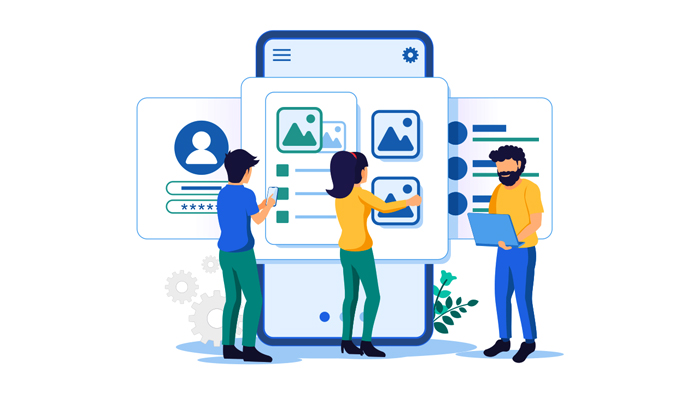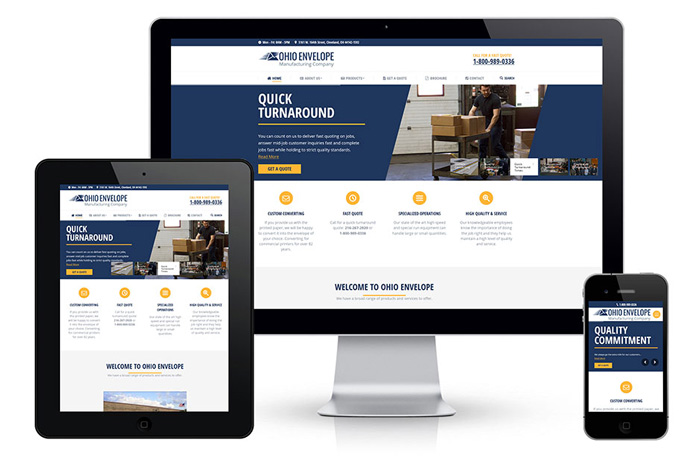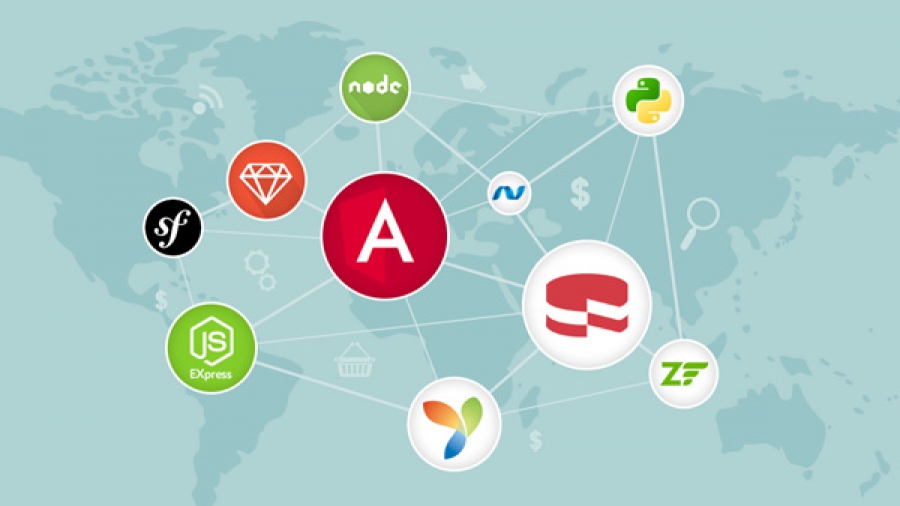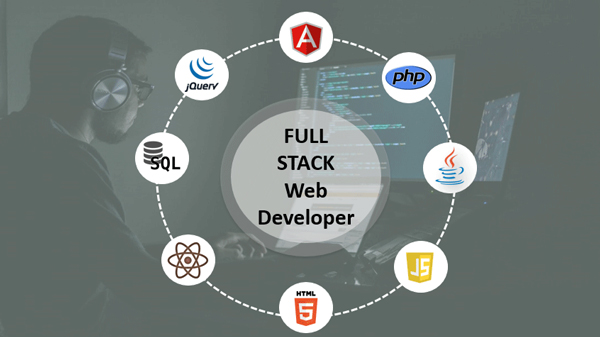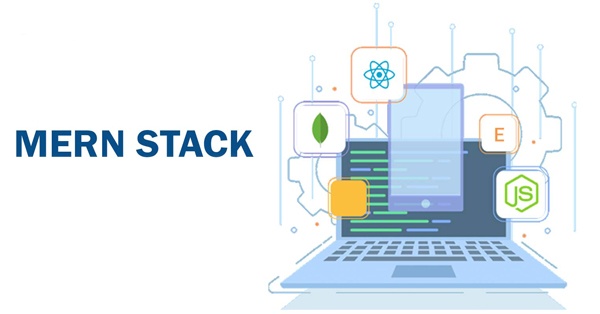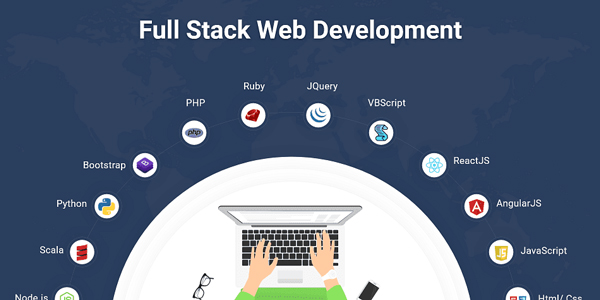How to Develop an SEO-Friendly Website
Search Engine Optimization in web development: Creating a website that is optimized for search engines is crucial for its success. Search Engine Optimization (SEO) in web development involves implementing various techniques and strategies to improve a website’s visibility and ranking in search engine results pages (SERPs). In this article, we will explore the importance of SEO in web design and provide 15 must-know SEO basics for web developers.
Why is SEO Web Design Important?
SEO web design is essential because it helps search engines understand and index your website effectively. By optimizing your website, you increase its chances of appearing higher in search results, driving more organic traffic and potential customers to your site. Here are a few key reasons why Search Engine Optimization in web development is important:
1. Visibility: SEO helps your website gain visibility in search engine results, making it more likely for users to find and visit your site.
2. Credibility: When your website ranks higher in search results, users perceive it as more credible and trustworthy.
3. User Experience: SEO web design focuses on creating a user-friendly experience by optimizing site structure, navigation, and content, leading to increased user satisfaction.
4. Competitive Advantage: Implementing SEO strategies gives you an edge over competitors who neglect optimization, potentially leading to higher rankings and more organic traffic.
5. Long-Term Results: SEO is a long-term investment. By consistently optimizing your website, you can maintain and improve its visibility and ranking over time.
15 Must-Know SEO Basics for Web Developers
To develop an SEO-friendly website, web developers should consider the following key aspects:
1. Search Engine Optimization in web development; Security
Ensure that your website is secure, using HTTPS instead of HTTP. Secure websites are favored by search engines and provide a safe browsing experience for users.
2. Response Codes
Properly handle response codes, such as 200 (OK), 301 (Moved Permanently), and 404 (Not Found). This ensures that search engines can crawl and index your website correctly.
3. Search Engine Optimization in web development; Redirects
Implement redirects properly, especially when you move or rename pages. Use 301 redirects to redirect old URLs to new ones, preserving link equity and maintaining search engine rankings.
4. Robots.txt
Create a robots.txt file to instruct search engines on which pages to crawl and which to exclude. This file helps prevent search engines from indexing sensitive or duplicate content.
5. Search Engine Optimization in web development; Sitemaps
Include an XML sitemap on your website to help search engines discover and index your pages more efficiently. A sitemap provides a list of all the important pages on your site.
6. URLs
Use descriptive and user-friendly URLs that include relevant keywords. Avoid using long and complex URLs that are difficult for users and search engines to understand.
7. Search Engine Optimization in web development; Mobile Friendly
Ensure that your website is mobile-friendly and responsive. With the increasing number of mobile users, having a mobile-friendly website is crucial for SEO and user experience.
8. Site Speed
Optimize your website’s loading speed to provide a better user experience. Slow-loading websites not only frustrate users but also receive lower search engine rankings.
9. Search Engine Optimization in web development; Heading Tags
Use heading tags (H1, H2, H3, etc.) to structure your content and highlight important sections. Search engines use these tags to understand the hierarchy and relevance of your content.
10. Content Management & Dynamic Content
Use a content management system (CMS) that allows you to easily manage and update your website’s content. Additionally, consider incorporating dynamic content to keep your website fresh and engaging.
11. Search Engine Optimization in web development; Fundamentals
Ensure that your website follows SEO fundamentals such as having unique and high-quality content, using relevant keywords naturally, and implementing proper meta tags.
12. Crawling and Accessibility
Make sure search engines can easily crawl and access your website. Avoid using technologies that hinder search engine bots from indexing your content, such as JavaScript-only navigation.
13. Search Engine Optimization in web development; Usability
Focus on creating a user-friendly website by providing clear navigation, intuitive design, and easy-to-use features. A positive user experience leads to longer visit durations and increased engagement.
14. Rich Snippets
Implement structured data markup to enable search engines to display rich snippets in search results. Rich snippets provide additional information about your website, enhancing its visibility and click-through rates.
15. Search Engine Optimization in web development; Image Optimization
Optimize your images by compressing their size, using descriptive file names, and adding alt tags. This helps search engines understand and index your images, improving overall website visibility.
Walking the Line Between SEO and Design
While it’s important to prioritize SEO in web development, it’s equally essential to find a balance between SEO and design. A visually appealing website with a seamless user experience is crucial for engaging visitors and converting them into customers. Here are a few tips to help you strike the right balance:
– Collaborate with web designers to ensure that the website’s design elements complement SEO strategies.
– Optimize images and multimedia elements without compromising theirquality or impact on design.
– Use SEO techniques to optimize the website’s structure and content while maintaining a visually appealing layout.
– Prioritize user experience by focusing on intuitive navigation, clear calls to action, and fast loading times.
– Test the website on different devices and browsers to ensure it looks and functions well across various platforms.
– Regularly analyze and monitor the website’s performance, making adjustments to improve both SEO and design elements.
By balancing Search Engine Optimization in web development, you can create a website that not only ranks well in search engine results but also engages and converts visitors effectively.
Conclusion of Search Engine Optimization in Web Development
Search engine optimization plays a crucial role in web development. By implementing SEO strategies and best practices, web developers can create websites that are not only aesthetically pleasing but also optimized for search engines. From ensuring website security and responsiveness to optimizing URLs and content, each aspect contributes to improving a website’s visibility and ranking in search results.
Search Engine Optimization in web development: Remember that SEO is an ongoing process. Regularly monitor and analyze your website’s performance to identify areas for improvement. By staying up to date with the latest SEO trends and best practices, you can continue to optimize your website and attract more organic traffic, ultimately leading to the success of your online presence.

